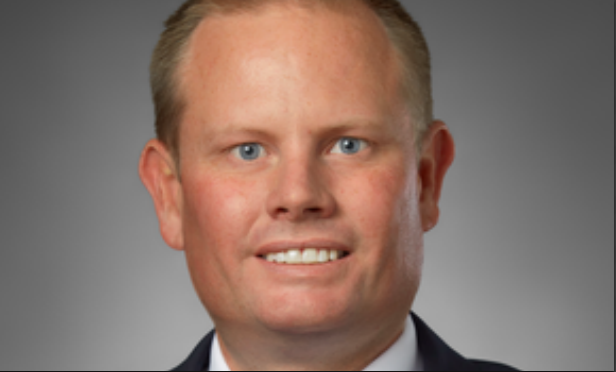 In the first quarter, GDP grew 2.3%. While the number exceeded some expectations, GDP has yet to exceed 3% growth. This is a dilemma for the Fed, which needs to raise interest rates to protect against the next recession—whenever it comes—but is still dealing with slow growth that doesn't seem to be stimulated by much. Low interest rates haven't pushed GDP above the 3% mark, and the tax plan has yet to fuel GDP growth, as intended. To find out more about the stagnant growth and why this affects the real estate market, we sat down with Steve Hovland of research firm HomeUnion for an exclusive interview.
In the first quarter, GDP grew 2.3%. While the number exceeded some expectations, GDP has yet to exceed 3% growth. This is a dilemma for the Fed, which needs to raise interest rates to protect against the next recession—whenever it comes—but is still dealing with slow growth that doesn't seem to be stimulated by much. Low interest rates haven't pushed GDP above the 3% mark, and the tax plan has yet to fuel GDP growth, as intended. To find out more about the stagnant growth and why this affects the real estate market, we sat down with Steve Hovland of research firm HomeUnion for an exclusive interview.
GlobeSt.com: What drove GDP growth above expectations in the first quarter?
Steve Hovland: One of the largest contributors to GDP growth in the first quarter was fixed investment in nonresidential structures. This one segment accounted for 0.76% of the 2.3% growth. Financial services and healthcare were also major contributors to growth. Consumer spending fell to the lowest level in five years, which provides some optimism for future growth.
GlobeSt.com: Why haven't we seen an impact from the new tax plan in GDP growth?
Hovland: The new tax plan will take some time to begin impacting GDP growth, though I expect to see evidence in the second quarter. The delayed impact is due to two reasons. First, taxpayers were unsure of how much to change their withholdings, so we're probably seeing too much income still being withhold. Second, people tend to pay down debt or refill coffers when given in influx of money before redirecting their discretionary income into goods and services.
GlobeSt.com: How can we get GDP growth above 3%?
Hovland: GDP growth can come close to 3% through the end of the current cycle, but not much higher than that. There are a few forces preventing the economy from having a breakout year in terms of economic expansion. First, the sheer size of the U.S. economy makes it difficult to maintain that level of growth. Additionally, the maturity of the current expansion makes it challenging to reach high growth levels. We're in a period of prosperity, and high-growth years are much easier to attain during the early stages of a recovery. Finally, the driving factors in this economy have headwinds, such as housing. Fewer people will remain in the buyer pool as interest rates and prices rise.
GlobeSt.com: What is your outlook for GDP growth through 2018?
Hovland: I expect GPD to move higher than the first-quarter level as consumer spending rises. By yearend, average GDP growth for 2018 should be in the high 2% range.
GlobeSt.com: How is GDP impacting real estate investment?
Hovland: GDP growth provides the Federal Open Market Committee some insight into how heated the economy is getting and could change the trajectory of the Fed's interest rate hikes. The Fed needs to continue raising rates so they have some bullets in the gun to limit the depth of the next recession. However, the relatively low pace of growth in the first quarter is unlikely to alter the current path. Other economic indicators, including inflation, will play a more prominent role in guiding the Fed's strategy. Overall, I expect the Fed to raise rates two more times this year and three to four next year. A recession could occur in the first half of 2020.
© Touchpoint Markets, All Rights Reserved. Request academic re-use from www.copyright.com. All other uses, submit a request to [email protected]. For more inforrmation visit Asset & Logo Licensing.






